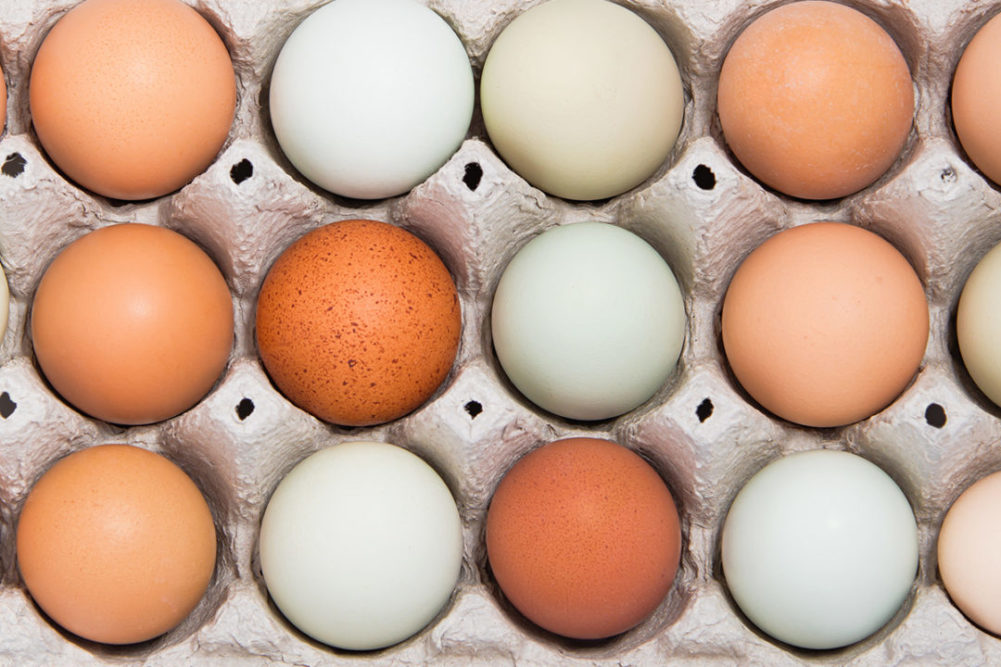KANSAS CITY, MO. — Cage-free goals are looming, with the earliest set for 2025. It’s questionable whether the retail grocers, restaurant chains and food manufacturers who made pledges will have enough supply of eggs from cage-free hens to meet their deadlines. More investment in cage-free operations and revised goals are two possibilities going forward, said Richard Gates, PhD, director of the Egg Industry Center at Iowa State University in Ames, Iowa.
Late in 2015 many companies began to announce they were going to purchase 100% cage-free eggs, he said in a presentation Feb. 17 at BakingTech 2021, a virtual event put on the American Society of Baking.
To meet those goals, industry will need 224 million hens laying eggs in cage-free systems by 2026, which compares to the current number of 80 million, Gates said. If the industry continues at its normal rate of replacing conventional housing of hens with cage-free housing, about 140 million cage-free hens will be available by 2026, he said.
With deadlines in question, restaurant chains, retail grocers and food manufacturers could take several routes, Gates said. They could invest and provide capital to assist in the production of cage-free systems. They could reverse their pledges and stay with conventional systems, or they could slow down the conversion to 100% cage-free eggs.
“Instead of 2025, it might be 2030 or 2035,” Gates said.
The volatility of egg prices could hinder investment in cage-free operations.
“That gives lenders a pause,” Gates said. “Lenders don’t like market instability. They like market stability so that they reasonably can calculate a return on investment.”
United Egg Producers, Johns Creek, Ga., a cooperative of US egg farmers, defines cage-free eggs as those laid by hens that are able to roam vertically and horizontally in indoor houses and that have access to fresh food and water. The hens must be allowed to exhibit natural behaviors and have environments such as scratch areas, perches and nests.
Creating a cage-free system involves obtaining permits, which may take three months to three years; constructing the facility, which may take five or six months after contracts are issued; and setting up a supply chain for birds and feed. Chicks need to be ordered one year in advance.
“Very conservatively, we’re looking at two years from the time a person decides they are going to build to having a facility that is operational,” Gates said.
Labor costs for cage-free operations are about three times higher than conventional operations, he added. Yet no guarantee exists that cage-free eggs will receive enough of a higher price than conventional eggs for farmers to make a profit. Cage-free eggs tend to be smaller, which limits their ability to receive a premium price, Gates said.
A higher bird mortality in cage-free operations has a negative effect on production efficiency, and eggs laid on floors create food safety concerns. Dust problems affect the hens’ respiratory systems and are potential hazards for workers.
“It’s a little bit disturbing that this trend toward cage-free is effectively a regression when it comes to some key aspects of sustainability like energy intensity, carbon footprint, impacts to the environment and of course economics on our producers,” Gates said. “So, we need hard scientific numbers to help describe the relative merits of these systems. We’ll be getting more of that in the very near future, I hope.”


